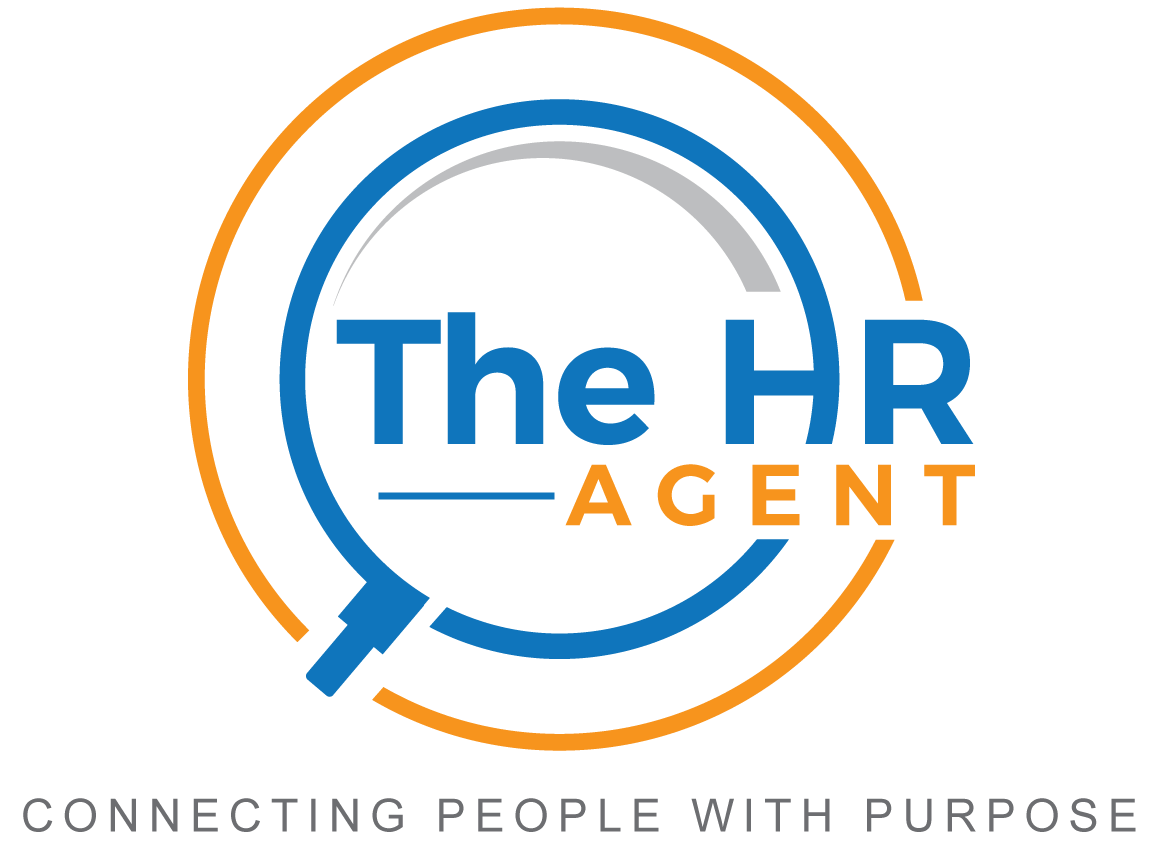Understanding Who Actually Reads Your Resume
2020-07-30

With thousands of workers looking for new jobs and thousands of graduates entering the job market, it’s a perfect time to talk about the job application process. On paper, it looks pretty straightforward. You find a job that fits your skills, submit your resume, the company reviews it and calls you if it deems you a potential fit. If only it were this simple.
The journey your resume travels from the moment you hit ‘send’ to the day you are accepted or rejected is complicated and involves several parties. It is essential to understand how this process works for two reasons: first, it increases your chances of landing an in-person interview. Second, you will soon understand that the reason you don’t hear back from so many companies has nothing to do with you or your skillset. So, let us begin the journey your resume takes so we may fully understand who is reading it each step of the way.
NOTE: Each company has their own hiring process. This post will review the most common steps and practices that are used.
Step #1: The Applicant Tracking System
You begin the process by searching for jobs that match your skills and experience. You press apply, submit your resume, and off it goes. It may surprise you to learn that most of the time, your resume is reviewed by a computer before it ever reaches a human. This is called an Applicant Tracking System (ATS), and it is used by over 80% of American companies. This program scans your resume for keywords and then decides if you move on to the next phase.
Fair or not, this is how the game is played, and if you want to get your resume in front of human eyes, you will have to play along. Your resume should include several of the same keywords that are used in the job description. Also, you want to make sure your resume is formatted correctly so the system can read it easily. To perfect the art of getting your resume picked up by an ATS, you will want to conduct your own research or hire a resume coach.
Step #2: Human Resources / Recruiting Department
Once your resume passes the ATS test, it moves on to the next phase and is finally viewed by an actual human being. However, the odds are that the first person to see your resume is not the hiring manager or person who created the job description. Your resume must first pass through Human Resources and the talent recruitment department. The challenge here is that someone in HR is not going to fully understand the skills you have to offer.
An HR associate or talent recruiter is tasked with screening several candidates a day and does not have the time or energy to understand each position on a deep level. What this person is doing is comparing your resume to the job description and looking for a match. Therefore, before you submit your CV, you must make sure that it clearly states that you have the skills and experience listed in the description. For example, if the job description asks for two years of social media experience, you have to be sure one or more of your past jobs contains work in social media.
Step #3: The Hiring Manager
Once the HR rep approves of your resume, they may or may not conduct a short phone screening to ensure you have the necessary skills to move onto the next phase. The hiring manager usually creates the posting and knows the most about what is needed out of the position. They are also often the individual you will be reporting to, if you get the job.
You have to put yourself in the mind of the hiring manager. They are looking at your resume and saying to themselves, “Can this person help my team?” and “Can they do what I am asking them to do?” Therefore, it’s essential not only that your resume be formatted for the ATS, but also that your past work experience list out specific examples that prove the answer to those questions is yes. After reviewing your CV, you want the hiring manager to envision you working on their team.
Step #4: The Interview and Leave Behind
Up to this point, the original resume you submitted can not be swapped out. You have to account for the first three steps before hitting send. Once you reach the interview phase, you might be able to change it up a bit. Once you have secured an in-person interview, you will begin researching the company to learn more about it. Here is where you can take the time to alter your resume to fit the company and its needs specifically.
Review your past jobs and internships, and highlight anything that proves you can do the job you are interviewing for. Be sure to print out several copies of your new resume so you can present them to everyone you are meeting with. They may already have a copy of your original resume; however, you can still give them a new one to review. Also, this will be the copy they will reference after the interview when they make their final decision.
Conclusion
The job application process is long and complicated. Having the right skills and experience is not always enough to land an interview, let alone the job. It’s essential to understand the journey your resume takes before you apply. Your resume must showcase the value you will bring to the position and the team.
Ready For Resume Help?
Are you ready for a professional to look at your resume before you apply for another job?
We would love to help! Please send us an e-mail at connect@thehragent.com to get started!






